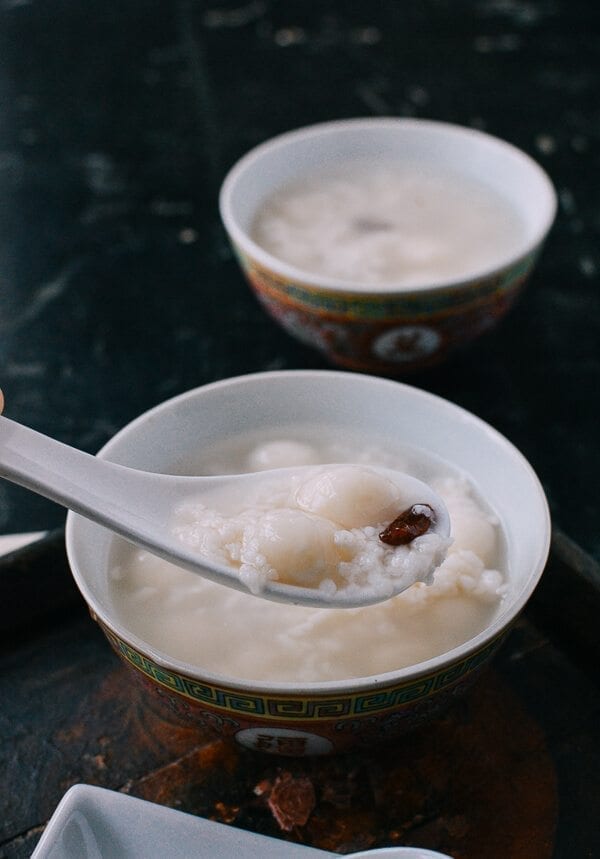Fermented Rice: Unlocking the Secrets of a Traditional Delicacy
Fermented rice is a culinary treasure that has been cherished for centuries in many cultures around the world. This unique process of fermenting rice grains has not only been a way to preserve this staple food but has also given rise to a myriad of flavors and health benefits. In this article, we will delve into the fascinating world of fermented rice, exploring its history, preparation methods, diverse uses, and the nutritional advantages it offers.
I. The History of Fermented Rice

The History of Fermented Rice
Fermentation of rice can be traced back to ancient times, with records indicating its presence in civilizations such as China, Japan, Korea, and Southeast Asia. This age-old tradition was initially developed as a means to prolong the shelf life of rice and to make it more palatable. Over time, the process evolved, resulting in various types of fermented rice products with distinct flavors and textures.
II. The Fermentation Process

The Fermentation Process
A. Traditional Fermentation Methods
1. Rice Wine: Rice wine is one of the most well-known fermented rice products. It is made by fermenting rice with the help of yeast or bacteria, which convert the starches in the rice into alcohol. The resulting beverage can vary from sweet to dry, and its alcohol content can range from mild to strong.
2. Rice Vinegar: Rice vinegar is another popular fermented rice product, commonly used in cooking and as a condiment. It is made by fermenting rice wine further, allowing the acetic acid bacteria to transform the alcohol into vinegar. Rice vinegar has a mild, slightly sweet flavor and is often used in Asian cuisines.
B. Modern Fermentation Techniques
With advancements in food technology, modern methods of fermenting rice have emerged. These techniques often involve the use of specific strains of bacteria or starter cultures to achieve consistent results and desired flavors.
III. Diverse Uses of Fermented Rice
A. Culinary Applications
1. Seasonings: Fermented rice products like soy sauce, miso, and gochujang owe their distinctive flavors to the inclusion of fermented rice. These seasonings enhance the taste of various dishes and are essential ingredients in many traditional recipes.
2. Beverages: Fermented rice is the base for a wide range of traditional beverages such as sake, makgeolli, and amazake. These beverages are enjoyed for their unique flavors and are often an integral part of cultural celebrations and social gatherings.
B. Health and Beauty Products
1. Probiotic Benefits: Fermented rice is rich in probiotics, beneficial bacteria that promote a healthy gut microbiome. Consuming fermented rice products can contribute to improved digestion, enhanced immunity, and better overall gut health.
2. Skincare: Some fermented rice extracts are utilized in skincare products due to their potential to improve skin tone and texture. These extracts contain vitamins, minerals, and antioxidants that nourish the skin and help maintain its health and vitality.
IV. Nutritional Advantages of Fermented Rice
Fermentation unlocks several nutritional benefits in rice, making it more digestible and increasing nutrient availability. Fermented rice products often contain higher levels of B-vitamins, amino acids, and beneficial enzymes compared to their non-fermented counterparts. Additionally, the fermentation process can reduce antinutrients, making the nutrients in rice more bioavailable.
In conclusion, fermented rice is a culinary marvel that has stood the test of time. Its rich history, diverse preparation methods, and numerous applications make it a versatile ingredient that adds depth and flavor to various dishes. Moreover, the nutritional advantages and potential health benefits associated with consuming fermented rice make it a valuable addition to a balanced diet. So, the next time you encounter fermented rice in your culinary adventures, savor its unique taste and appreciate the ancient craft behind this remarkable delicacy.